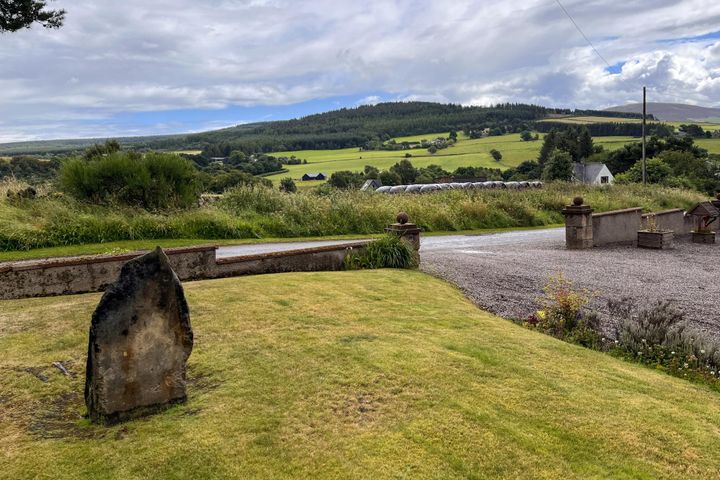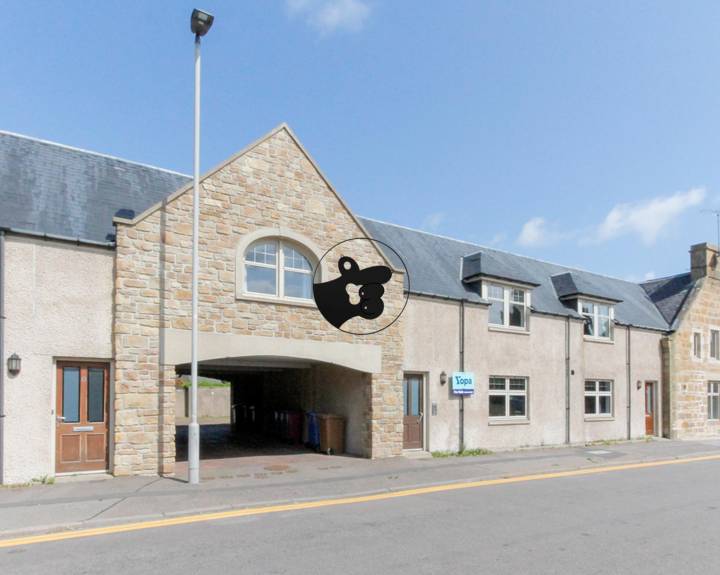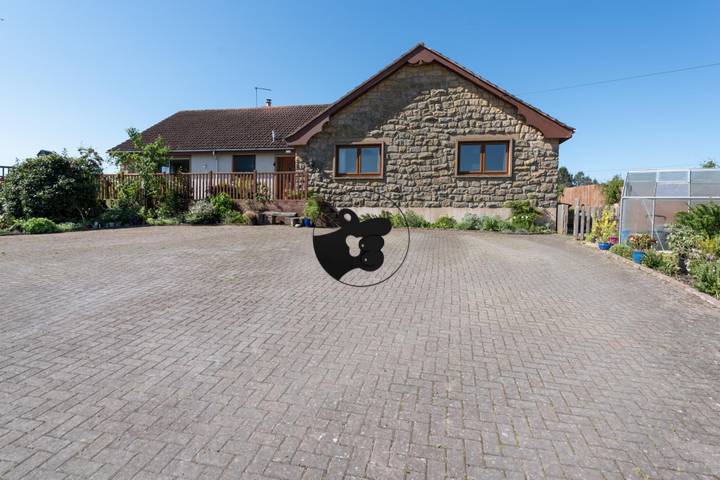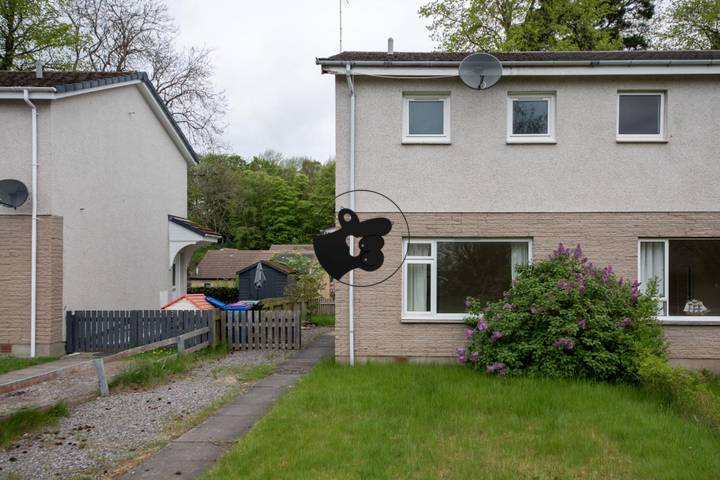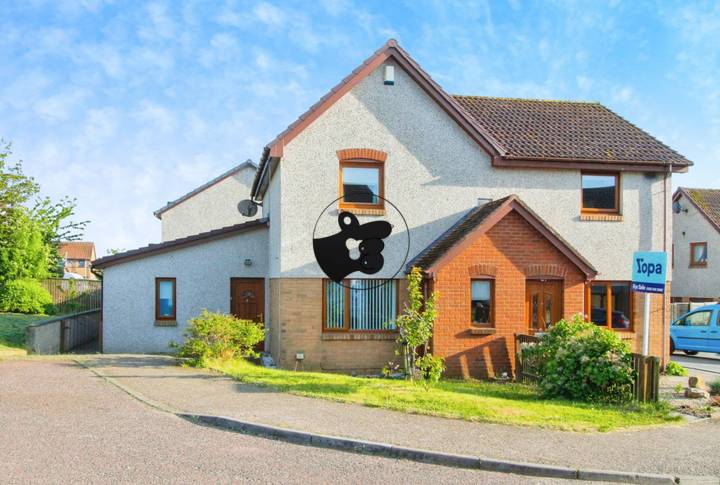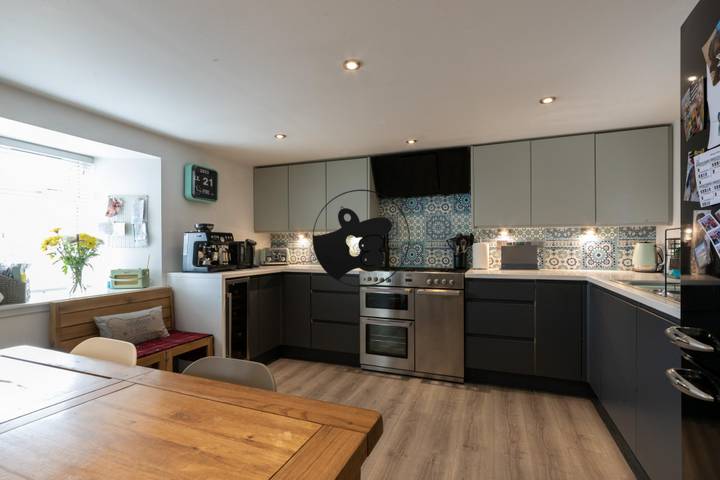In Moray, several factors significantly influence real estate prices. The region's picturesque landscapes and proximity to the Moray Firth make it appealing to buyers seeking a rural lifestyle combined with coastal charm. Key economic drivers, such as the local distilling industry and military presence, particularly at RAF Lossiemouth, create job opportunities and attract professionals, contributing to demand for housing. The overall condition of the local economy, including factors like unemployment rates and average income levels, also plays a crucial role. Additionally, the availability of amenities such as schools, healthcare, and shopping facilities can sway prices; for instance, properties in Forres, known for its good schools and community services, often command higher prices than those in more remote areas. Moreover, regulatory elements, like property taxes and development plans, can impact the market, either by incentivizing new construction or limiting available housing stock. Lastly, seasonal trends, driven by tourism, can lead to fluctuations in demand and pricing, as holiday homes and rental properties become desirable during peak seasons.
Moray
Location
Price Range
Any price
Price Range
Minimum
No min
Maximum
No max
Property type
Show all
Property type
Show all
House
Apartment
Building
Other
Bedrooms
Any beds
Bedrooms
Minimum
No min
Maximum
No max
Surface Range
Any surface
Surface Range
Minimum
No min
Maximum
No max
Sale type
For sale
Sale type
Show all
To rent
For sale
Location
Apartments and houses for sale in Moray
11 results
Recent
Moray insights
| Aspect | Summary |
|---|---|
| Population | 93,000 |
| Average Property Price | £200,000 |
| Rental Yield | 5.5% |
| Average Rent | £900/month |
| Occupancy Rate | 95% |
| Capital Growth Rate | 3% per annum |
| Property Tax | 1.2% of property value |
| Transaction Costs | 3-5% of property price |
| Expected ROI | 6.5% annually |
| Economic Growth Impact | Moderate, dependent on local industry developments |
Moray FAQ
What factors influence real estate prices in Moray?
How have property prices in Moray changed over the past few years?
Over the past few years, property prices in Moray have experienced notable fluctuations, reflecting wider trends in the UK housing market. In 2020, the average house price rose from around £150,000 to approximately £170,000 as many buyers sought more affordable options outside of major urban areas during the pandemic. This trend continued into 2021, driven by an increased interest in rural living and remote working. The statistics showed that properties in towns like Elgin and Lossiemouth saw significant gains, with some reports indicating price increases of over 10% year-on-year. However, by 2022, market activity slowed slightly, with rising interest rates and economic uncertainty impacting buyer confidence, causing a plateau in prices. As of late 2023, certain segments of the Moray property market, particularly for larger family homes, still show resilience, while smaller flats or older properties face more mixed performance, reflecting a diverse landscape in buyer preferences.
What is the average price of a house in Moray?
The average house price in Moray varies significantly depending on the specific area and type of property. As of 2023, the average price for residential properties sits around £190,000, with prices fluctuating based on location and property size. For instance, in Elgin, the county town, average prices tend to be in the range of £200,000 to £220,000, while smaller villages such as Forres and Buckie often see lower averages, approximately £170,000 to £190,000. Detached homes are generally priced higher, with some reaching over £300,000, particularly in more desirable coastal areas. Meanwhile, more affordable options are available, including two-bedroom flats that can be found for around £120,000 to £150,000 in certain parts of Moray.
Are property prices in Moray higher in certain areas compared to others?
Property prices in Moray can vary significantly depending on the specific area, influenced by factors such as amenities, transport links, and local schools. For instance, towns like Elgin, which is the largest in Moray and offers a range of shopping and dining options, typically see higher property prices compared to more rural areas. In contrast, smaller villages like Fochabers or Keith may offer more affordable housing options, although they might lack some services found in urban centers. Additionally, coastal areas like Lossiemouth tend to attract buyers looking for seaside properties, often pushing prices up, especially for modern homes with sea views. The differences can also be marked in terms of property type; for example, traditional stone bungalows in leafy suburbs may command premium prices compared to more standard developments.
What types of properties are most popular in Moray?
In Moray, traditional stone cottages and historical homes are among the most popular property types, reflecting the region's rich heritage and rural charm. Many buyers are drawn to properties with period features, such as high ceilings, original fireplaces, and ornate cornicing, prevalent in towns like Elgin and Lossiemouth. Additionally, new build developments, particularly those offering modern amenities and energy efficiency, are gaining traction with families and first-time buyers. Examples include stylish contemporary homes in the coastal areas of Buckie and Portknockie, which provide stunning sea views and easy access to local amenities. Moreover, rural cottages on the outskirts, often with significant land and agricultural potential, attract both lifestyle buyers and those looking to invest in holiday lets, tapping into Moray’s scenic landscape and outdoor recreational opportunities.
How does the local economy affect real estate prices in Moray?
The local economy in Moray plays a significant role in influencing real estate prices, primarily through factors such as employment rates, population growth, and infrastructure development. With the presence of military bases like RAF Lossiemouth and nearby whisky distilleries, employment opportunities contribute to a stable economic environment, attracting individuals and families to the area. For instance, the consistent demand for housing among personnel stationed at the military base often leads to increased property values in nearby areas such as Elgin and Lossiemouth. Additionally, infrastructure developments, such as the A96 improvement project, enhance connectivity to major cities like Inverness, which can boost local real estate prices as residents seek the balance of rural living while still having access to urban amenities. Furthermore, tourism, driven by the region's rich heritage sites and natural beauty, stimulates local businesses and supports seasonal housing demand, further impacting property prices. The interplay of these economic factors creates a dynamic real estate market that responds to both local and broader economic trends.
What are the predictions for future real estate prices in Moray?
Predictions for future real estate prices in Moray suggest a moderate increase over the coming years, influenced by various factors such as regional economic growth, infrastructure developments, and changing demographics. For instance, the recent announcement of improved transport links, including enhancements to the A96 and the potential expansion of rail services, is likely to boost property demand as commuting becomes easier. The impact of rising interest rates may temper growth in the short term, but industry analysts note a steady influx of relocators seeking more affordable housing options compared to larger urban centers like Edinburgh or Glasgow. Additionally, with Moray's appeal for families drawn to its schools and quality of life, areas like Elgin and Lossiemouth could see a rise in both residential demand and prices. However, fluctuations in the tourism sector, especially if tied to seasonal variations, could complicate long-term projections. Regional amenities, including the expanding whisky tourism industry, might also play a role in driving interest in local properties.




